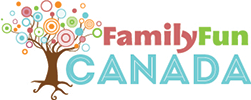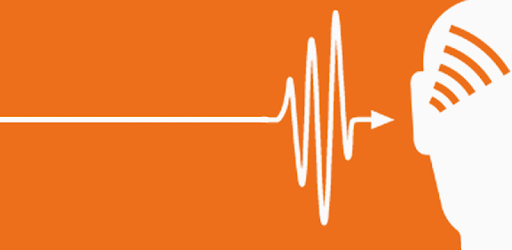Like many people, the shutdown of international travel and closed borders thwarted my travel plans. I have never been to Italy but I have dreamed of going for many years and over those years I have dabbled in learning some Italian words and phrases in preparation for my eventual Italian adventure.
To enjoy a little of la dolce vita at home, I resigned myself to listening to Andrea Bocelli while sipping home-brewed cappuccinos. I also decided to ramp up my Italian language basics and do some in-depth studying of the language.
I am not the only one compelled to learn a new language during the pandemic. According to Business Insider, Duolingo has had a 148% spike of new users and according to this article in Forbes magazine, online learning sites Preply and Busuu have seen their numbers triple.
Everyone learns differently and with the thousands of language-learning options out there, you will find some that work for you and some that don’t.
I have included a list of my favourite resources that as an added bonus, don’t cost the amount of an airline ticket.
BEGINNERS
Flashcards
Words are the cornerstone of language. You need to know between 1000-3000 words in a language to have a basic conversation. At 10 000 you’re considered fluent. The fastest way to cram as many new words of a foreign language as possible in your vocabulary is to use flashcards.
Trying to get through a stack of 1000 words is a daunting task made feasible by the Spaced Repetition System I learned about in Gabriel Wyner’s book, Fluent Forever. If you’d like an in-depth understanding of his brilliant method including other invaluable resources for technical pronunciation, you can purchase the book here.
To create and store my stack of flashcards, I use 3×5 Oxford Ruled Index Cards and a Globe-Weis Fiberboard Index Card Storage Box. There’s an adjustable lever inside the box to keep the cards upright which is why this box is on the spendy side. You can also use inexpensive envelopes and elastic bands.
How to Use The Spaced Repetition System
Start by creating anywhere from 10 -100 cards, depending on how ambitious you are feeling. You’ll also need to create dividers for your cards numbered 1 – 7.
Start by going through your stack of new flashcards. Any you recalled correctly get moved to Level 2 and any you didn’t recall correctly remain in Level 1. The next day you will review your Level 2 cards and the correct ones advance to Level 3 and incorrect ones go back to Level 1. You then review Level 1 and advance correct ones to Level 2 and you guessed it, the incorrect ones go back to Level 1. The higher the level (up to 7) you will have more time between attempting to recall them again. According to Wyner, by the time your cards advance to Level 7, those words are now a permanent part of your vocabulary and you no longer need to review them.
You can find the link to the PDF calendar printable of Wyner’s spaced repetition schedule here.
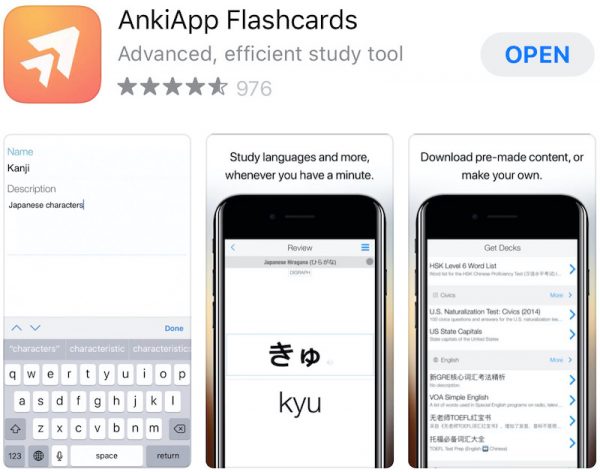
The Anki App
There is a digital app that has the spaced repetition system built-in – The Anki app.
You can build cards in the app, load spreadsheets of lists of words or find pre-made stacks including Fluent Forever’s 625 most used words.
I’ve included the steps to download pre-made decks below because it took me a while to figure it out and I want to save you the headache.
How to download pre-made Anki decks to your Anki app
Step 1:
Download the AnkiApp from the app store. You’ll find links on the Anki App website to your various devices. You’ll need to create a user name and password for your account.
Step 2:
Visit the Ankiweb shared decks website and in the search bar type in your desired language. You’ll find endless lists of decks people have created and shared here. Click on the title of the one that seems to fit what you are looking for and be sure to read the reviews. You do not need to pay or upgrade to access and download the decks.
Step 3:
Go to ankiapp.com/nexus and log in with your existing Anki account login, you will be able to upload your downloaded file (APKG file) and then re-download to your app. It takes a few minutes but the next time you open your app on your desktop or your mobile device, you’ll see the new deck.
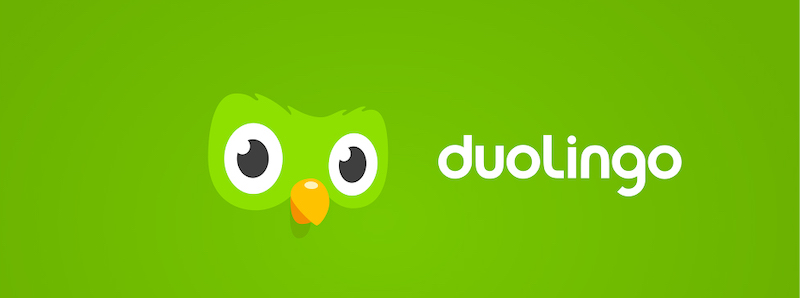
Duolingo
Duolingo is a great tool to learn a foreign language because it’s progressive, addicting and competitive. It also has the weirdest sentences. For example, your insects are on my plate. It takes a very dark turn at you are mine until I die. And unless I end up hanging out with Carole Baskin in Rome sipping Prosecco between zoo robberies, I will likely never utter in my lifetime we took the tiger from the zoo. In any language.
Duolingo is a free app with a paid premium version available. You have limited lives when using a smartphone or tablet and can pay for unlimited lives. If you use a desktop, you get unlimited lives and it isn’t necessary to purchase a paid version.
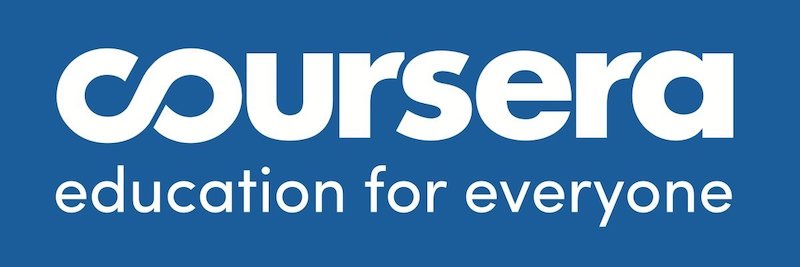
Online university
There are a number of free online language programs offered by universities. These courses go beyond teaching you how to reserve a table at a restaurant and how to order a bottle of wine you’ll find in most online language programs.
The course I’ve been following at EdX.org includes videos, listening and speaking exercises, and an instructor that breaks it all down with grammar explanations. There are also practice exercises with instant grade results and corrections. Each course includes grammar and vocabulary printables lists.
Here are a few of the popular sites that aggregate free and paid online university courses:
Earworms
An earworm is a catchy song or tune you just can’t get out of your head. Whenever Tiffany’s 1987 hit single I Think We’re Alone Now plays somewhere the song rattles around my brain for hours if not days. This is my earworm.
The Earworms language programs pairs music with rhythmic vocabulary repetition in an audio lesson which enables memory association with music and words. You can download purchase the program on audible.com or download the iPhone app.
There’s a free trial so you can test out before you buy the whole lesson. 
Audible books by Paul Noble
Paul Noble has published language learning books on Audible in the following languages: German, Spanish, French, Italian, and Mandarin.
I like to listen to these when in my car, going for a socially-distanced walk in my neighbourhood or during a long wait at the grocery store for toilet paper, flour, powdered Tide, or whatever is currently on the hot stockpile list of the week.
This is a great way to reinforce the grammar and vocabulary you are learning through your online university training or Duolingo.
These are travel-focused and teach phrases such as I would like to reserve a room or I would like to reserve a table for two which may come in handy once bans are lifted and international travel resumes.
These books are included in your Audible membership. If you don’t have a membership you do get one free book to sample on Audible so you can download this one for free. Otherwise, it’s worth buying it to advance your language learning.
INTERMEDIATE AND ADVANCED
Listen to music
Studies have shown that listening to music activates areas of the brain associated with memory and speech. Listening to music doesn’t only help us retrieve stored memories, it also helps us create new ones. Listening to music in your desired language is a lovely way to engage in the culture while you are learning some new vocabulary. You can find songs on YouTube, iTunes, Spotify, etc.
Listen to Podcasts for language learners
There are loads of free podcasts created for language learners. Duolingo has fantastic podcasts in French and Spanish and I hope they add more languages in the future. News in Slow, Coffee Break and Innovative Language are a few really good programs that offer courses in several languages. Do a search for your desired language and you will find options that are unique to your language.
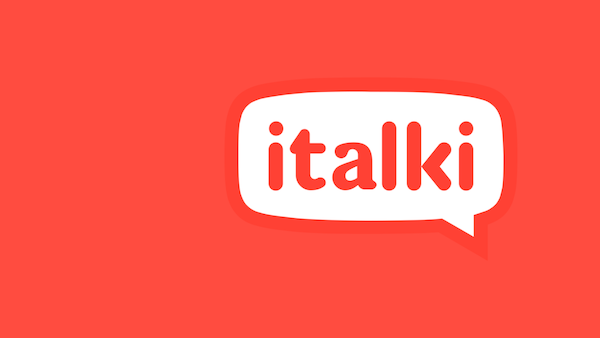
Hire an Instructor
Kids are attending school via Zoom. Why not learn a language this way as well? iTalki offers one-on-one language instruction with professionally trained teachers around the world. You can take a very inexpensive trial class before committing to a series of lessons to ensure a good fit. Prices vary and new teachers to iTalki and community leaders (non-accredited instructors) cost less while teachers with high ratings and thousands of instruction hours will cost more.
Speak with a Local
Tandem is a language matchmaking service and offers language exchanges via text, voice or video calls. The account is free with paid upgrades. Tandem pairs you with someone who wants to learn English (or any other language you can speak fluently) and speaks the language you would like to learn.
Watch Foreign Shows
Both Netflix and Amazon Prime offer a healthy selection of foreign films and television shows in loads of languages. The best way to learn is to watch the show in your desired language with that language’s subtitles on so you can read along with the visual context. Another option is to watch your favourite movie or tv show that you nearly have memorized word for work dubbed in your desired language.

YouTube has a great series called Easy Languages. There are large subtitles in the language you are listening to with smaller subtitles in English.
Go for a Walk
Research has shown a brain’s ability to store memories improves after a short burst of exercise. Even a ten-minute walk can stimulate cognitive function and improve memory.
If I am missing your favourite language-learning resource, please share it in the comments below!
